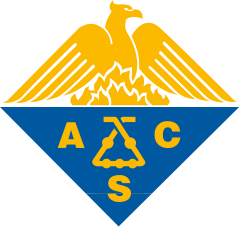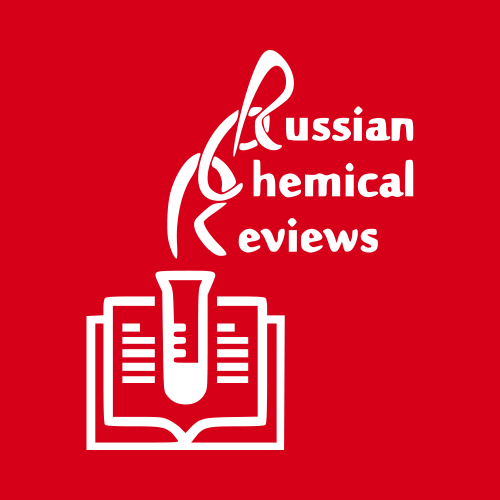
Acridine as an Anti-Tumour Agent: A Critical Review
This review summarized the current breakthroughs in the chemistry of acridines as anti-cancer agents, including new structural and biologically active acridine attributes. Acridine derivatives are a class of compounds that are being extensively researched as potential anti-cancer drugs. Acridines are well-known for their high cytotoxic activity; however, their clinical application is restricted or even excluded as a result of side effects. The photocytotoxicity of propyl acridine acts against leukaemia cell lines, with C1748 being a promising anti-tumour drug against UDP-UGT’s. CK0403 is reported in breast cancer treatment and is more potent than CK0402 against estrogen receptor-negative HER2. Acridine platinum (Pt) complexes have shown specificity on the evaluated DNA sequences; 9-anilinoacridine core, which intercalates DNA, and a methyl triazene DNA-methylating moiety were also studied. Acridine thiourea gold and acridinone derivatives act against cell lines such as MDA-MB-231, SK-BR-3, and MCF-7. Benzimidazole acridine compounds demonstrated cytotoxic activity against Dual Topo and PARP-1. Quinacrine, thiazacridine, and azacridine are reported as anti-cancer agents, which have been reported in the previous decade and were addressed in this review article.
Top-30
Journals
|
1
2
3
4
5
6
|
|
|
Journal of Molecular Structure
6 publications, 12.5%
|
|
|
Molecules
4 publications, 8.33%
|
|
|
Structural Chemistry
2 publications, 4.17%
|
|
|
Journal of Functional Biomaterials
1 publication, 2.08%
|
|
|
Toxicology and Applied Pharmacology
1 publication, 2.08%
|
|
|
Journal of Inorganic Biochemistry
1 publication, 2.08%
|
|
|
Acta medica Eurasica
1 publication, 2.08%
|
|
|
Environmental Science and Pollution Research
1 publication, 2.08%
|
|
|
Chemical Physics Impact
1 publication, 2.08%
|
|
|
Organic and Biomolecular Chemistry
1 publication, 2.08%
|
|
|
RSC Advances
1 publication, 2.08%
|
|
|
RSC Sustainability
1 publication, 2.08%
|
|
|
Pharmaceutical Chemistry Journal
1 publication, 2.08%
|
|
|
Chemistry and Biodiversity
1 publication, 2.08%
|
|
|
Life Sciences
1 publication, 2.08%
|
|
|
Current Organic Synthesis
1 publication, 2.08%
|
|
|
ChemPhotoChem
1 publication, 2.08%
|
|
|
Bioorganic and Medicinal Chemistry Letters
1 publication, 2.08%
|
|
|
Journal of the American Chemical Society
1 publication, 2.08%
|
|
|
Russian Chemical Reviews
1 publication, 2.08%
|
|
|
Medicinal Chemistry
1 publication, 2.08%
|
|
|
Journal of Fluorescence
1 publication, 2.08%
|
|
|
Journal of Photochemistry and Photobiology A: Chemistry
1 publication, 2.08%
|
|
|
Biochimica et Biophysica Acta - General Subjects
1 publication, 2.08%
|
|
|
ACS Applied Nano Materials
1 publication, 2.08%
|
|
|
Russian Journal of Organic Chemistry
1 publication, 2.08%
|
|
|
Sustainable Chemistry for Climate Action
1 publication, 2.08%
|
|
|
Current Bioactive Compounds
1 publication, 2.08%
|
|
|
Journal of Agricultural and Food Chemistry
1 publication, 2.08%
|
|
|
1
2
3
4
5
6
|
Publishers
|
2
4
6
8
10
12
14
16
|
|
|
Elsevier
16 publications, 33.33%
|
|
|
MDPI
6 publications, 12.5%
|
|
|
Springer Nature
5 publications, 10.42%
|
|
|
American Chemical Society (ACS)
5 publications, 10.42%
|
|
|
Bentham Science Publishers Ltd.
4 publications, 8.33%
|
|
|
Royal Society of Chemistry (RSC)
3 publications, 6.25%
|
|
|
Wiley
3 publications, 6.25%
|
|
|
I.N. Ulianov Chuvash State University
1 publication, 2.08%
|
|
|
Autonomous Non-profit Organization Editorial Board of the journal Uspekhi Khimii
1 publication, 2.08%
|
|
|
Pleiades Publishing
1 publication, 2.08%
|
|
|
Cold Spring Harbor Laboratory
1 publication, 2.08%
|
|
|
Publishing House Belorusskaya Nauka
1 publication, 2.08%
|
|
|
Taylor & Francis
1 publication, 2.08%
|
|
|
2
4
6
8
10
12
14
16
|
- We do not take into account publications without a DOI.
- Statistics recalculated weekly.





















